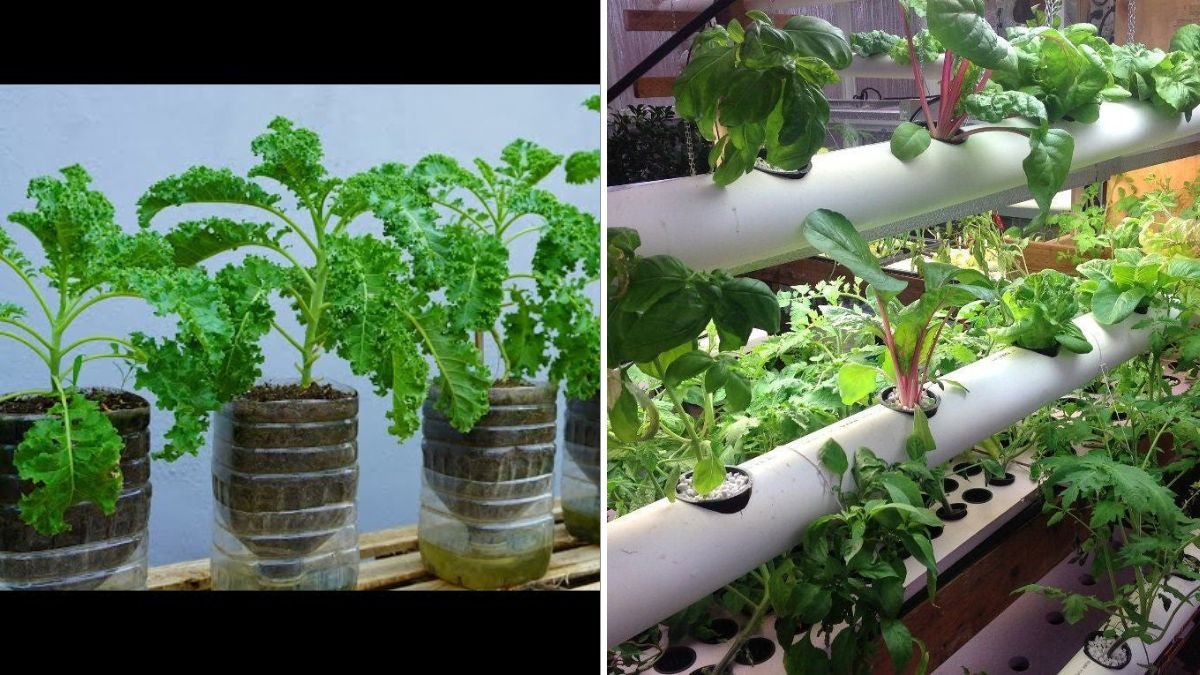When it comes to powerhouse greens, few vegetables shine quite like kale. Packed with nutrients, easy to grow, and incredibly versatile in the kitchen, kale has earned its title as the “queen of greens.” Whether you’re tossing it into a smoothie, sautéing it with garlic, or baking it into crispy chips, kale is a garden favorite that’s both delicious and rewarding to cultivate.
In this detailed guide, we’ll explore everything you need to know about kale—from its health benefits to how to grow it successfully in your home garden. Whether you’re a first-time gardener or an experienced grower looking to expand your harvest, you’ll find plenty of practical tips here.
What Makes Kale a Superfood?
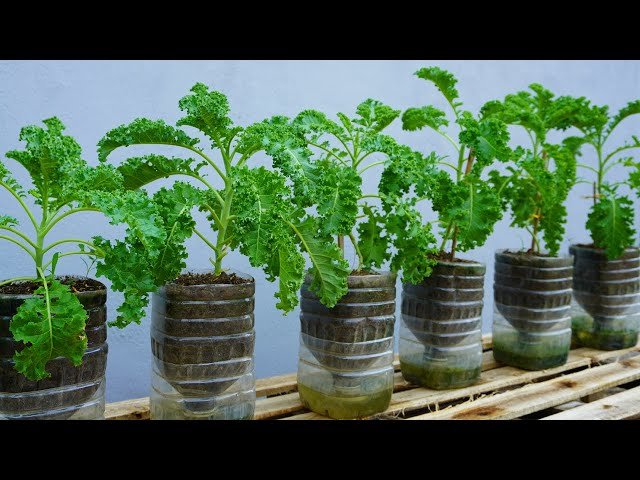
Kale (Brassica oleracea var. sabellica) belongs to the same family as broccoli, cabbage, and Brussels sprouts. It’s often referred to as a “nutrient-dense” vegetable because of the sheer amount of vitamins and minerals packed into every leaf.
Here’s what a single cup of raw kale provides:
- Vitamin K: Over 600% of your daily requirement, essential for bone and heart health.
- Vitamin A: Helps maintain vision and immune function.
- Vitamin C: Boosts collagen production and strengthens your immune system.
- Calcium and Iron: Important for bone and muscle health.
- Antioxidants: Including lutein and beta-carotene, which help protect cells from damage.
With such impressive nutritional stats, it’s no wonder kale has become a favorite among health-conscious Americans, especially those into clean eating and plant-based diets.
Types of Kale You Can Grow
Not all kale is created equal—different varieties bring unique flavors, colors, and textures to your garden and plate. Here are some of the most popular types to try:
- Curly Kale: The most common type, known for its ruffled leaves and peppery flavor. Great for salads and chips.
- Lacinato Kale (Dinosaur or Tuscan Kale): Features dark, flat leaves and a milder taste. Perfect for soups and sautés.
- Red Russian Kale: Has reddish-purple stems and tender leaves with a slightly sweet flavor.
- Siberian Kale: Known for its cold tolerance—ideal for gardeners in northern states.
- Baby Kale: Harvested early for tender, mild-tasting leaves that are perfect for salads.
Each variety offers something unique, so it’s worth planting more than one to diversify your harvest and meals.
How to Grow Kale in Your Garden
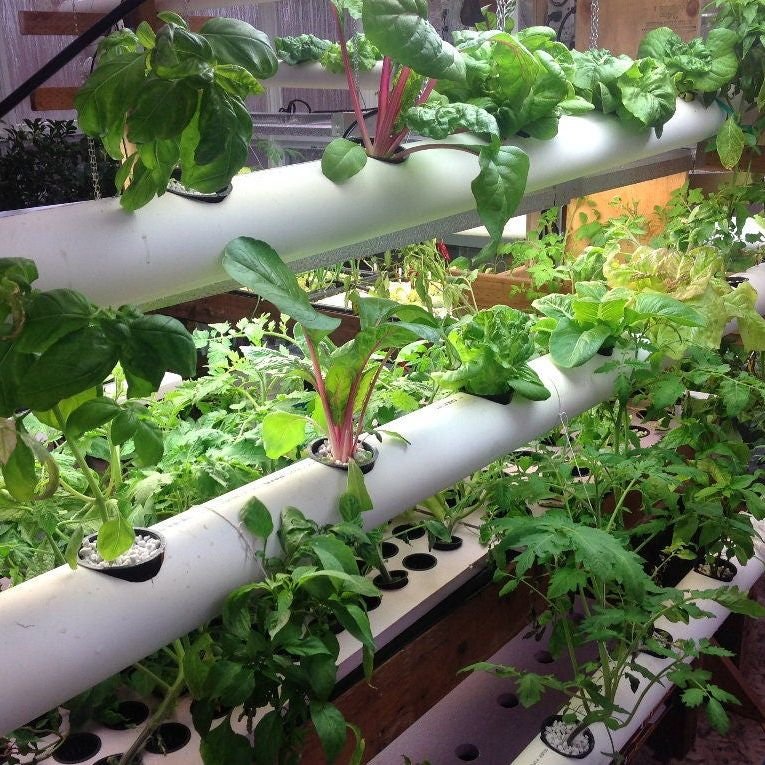
One of the best things about kale is how easy it is to grow—it’s a cool-weather crop that thrives in spring and fall.
1. Choosing the Right Spot
Kale loves full sun but can tolerate partial shade, especially in hotter regions like the southern U.S. The soil should be well-draining, rich in organic matter, and slightly acidic (pH 6.0–6.8).
2. Planting Seeds or Seedlings
You can start kale from seeds indoors about 6 weeks before the last frost, or sow directly into your garden once the soil is workable. Space plants about 12 to 18 inches apart, allowing them room to grow.
3. Watering and Feeding
Kale prefers consistently moist soil—about 1–1.5 inches of water per week. Adding compost or organic fertilizer every few weeks helps maintain nutrient levels.
4. Temperature Tips
Kale thrives in cooler weather (60°F–70°F). If temperatures rise too high, the leaves may turn bitter, so consider shading your plants in summer or moving them to containers you can relocate.
5. Companion Planting
Plant kale alongside herbs and veggies that deter pests, such as garlic, onions, or marigolds. Avoid growing it near other brassicas (like cabbage) to prevent pest overlap.
Protecting Kale from Pests
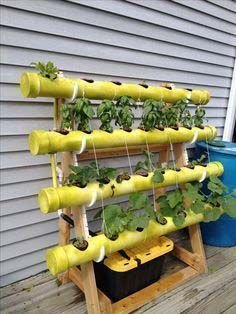
Kale’s lush green leaves attract a few common garden pests, but with a little vigilance, you can keep them under control:
- Cabbage Worms: Look for tiny green caterpillars and remove them by hand or spray with neem oil.
- Aphids: Rinse leaves with a strong jet of water or use insecticidal soap.
- Flea Beetles: Use row covers early in the season to prevent infestation.
Adding beneficial insects like ladybugs and lacewings to your garden also helps keep pest populations in check naturally.
Harvesting Kale Like a Pro
You can start harvesting kale leaves once they reach about 6–8 inches long, usually within 55–75 days of planting. Always pick the outer leaves first, allowing the center to keep producing.
The great thing about kale is that it’s a “cut-and-come-again” crop—you can harvest leaves multiple times throughout the season.
Pro tip: Kale tastes even sweeter after a light frost! The cold triggers a natural sugar response, making the leaves more tender and flavorful.
Delicious Ways to Eat Kale
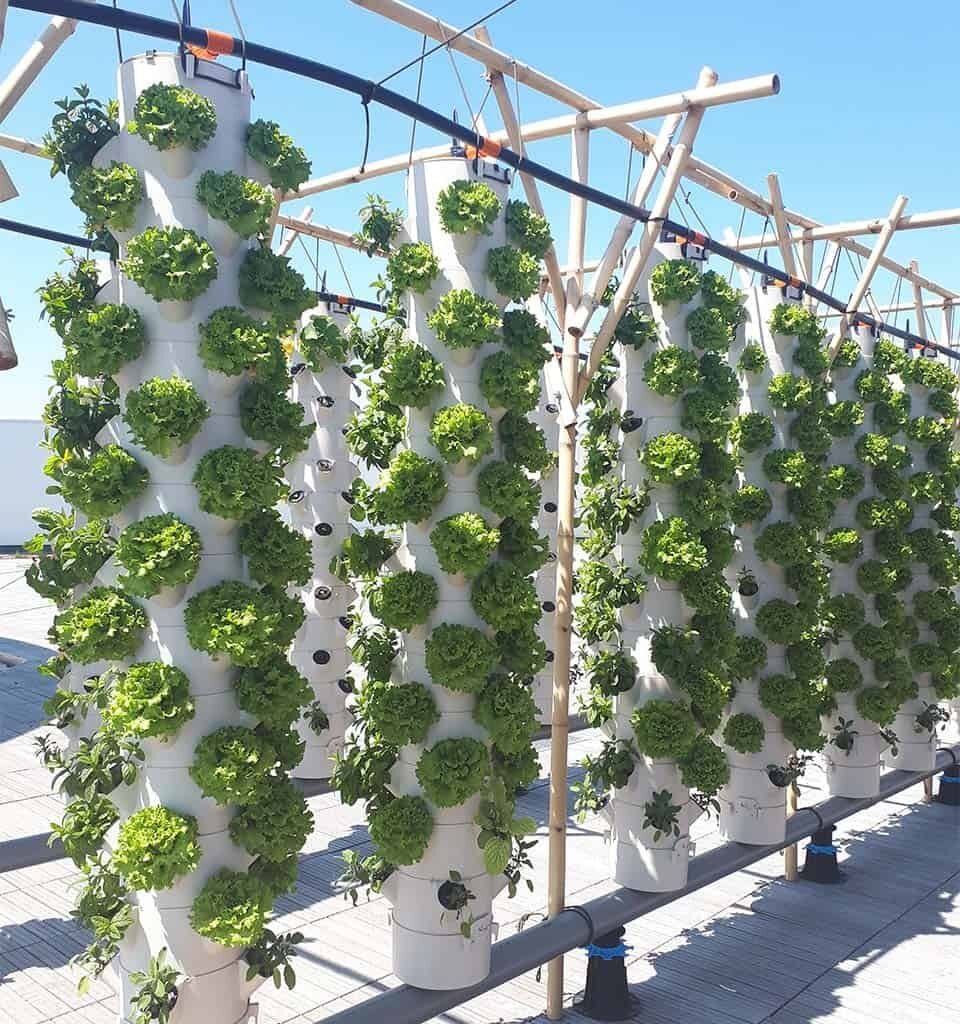
Kale’s versatility in the kitchen is one of the reasons it’s so popular across America. Here are some delicious ways to enjoy it:
- Kale Chips: Toss leaves in olive oil and bake until crispy. A healthy alternative to potato chips!
- Kale Salad: Massage raw kale with olive oil and lemon juice to soften the leaves and reduce bitterness.
- Smoothies: Blend baby kale with banana, apple, and pineapple for a nutrient-packed green drink.
- Sautéed Kale: Cook with garlic and a splash of lemon juice for a quick, flavorful side dish.
- Kale Soup or Stew: Add chopped kale to soups, lentils, or chili for extra greens and nutrients.
Why Kale Belongs in Every Backyard Garden
Kale isn’t just a healthy choice—it’s also a low-maintenance, high-yield vegetable that’s perfect for home gardeners. Here’s why it deserves a spot in your garden:
- Long Growing Season: You can grow kale nearly year-round in many parts of the U.S., especially with a cold frame or greenhouse.
- Minimal Maintenance: Kale requires little care once established.
- Continuous Harvest: The more you pick, the more it grows.
- Nutrient Powerhouse: It’s one of the most nutritious vegetables you can eat.
Sustainable and Budget-Friendly
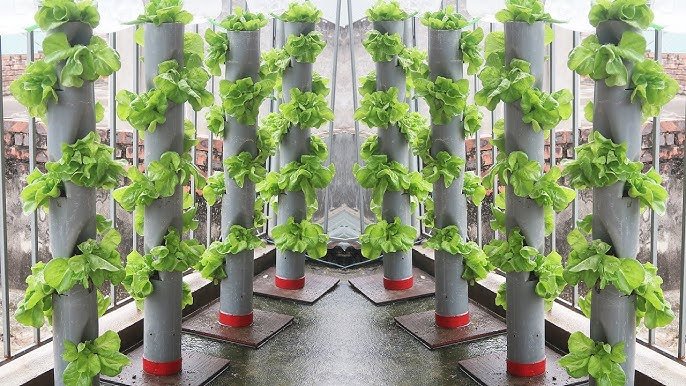
Growing kale at home isn’t just great for your health—it’s also environmentally friendly and cost-effective. A single packet of kale seeds costs less than a dollar and can yield pounds of fresh greens all season long.
By growing your own kale, you reduce your carbon footprint, avoid plastic packaging, and enjoy food that’s free of pesticides. Plus, there’s nothing quite as satisfying as harvesting your own produce from your backyard.
Final Thoughts: Start Growing Kale Today!
Kale’s combination of flavor, resilience, and nutrition makes it one of the best vegetables for American gardeners to grow. Whether you’re cultivating a few pots on your balcony or tending a full backyard garden, kale offers a rewarding experience from seed to plate.
So why not start today? Plant a few seeds, nurture them with care, and soon you’ll be harvesting your very own garden-fresh kale—packed with nutrients, bursting with flavor, and perfect for every meal.
